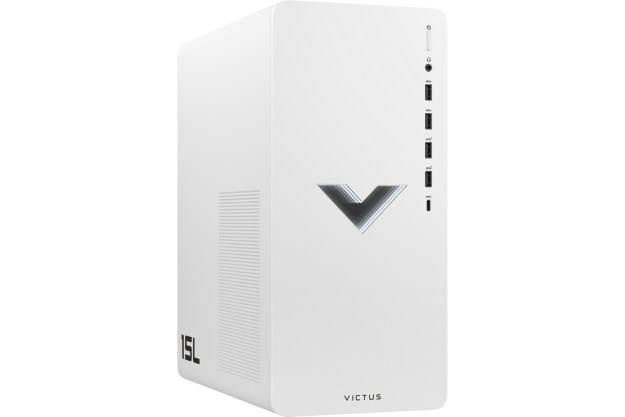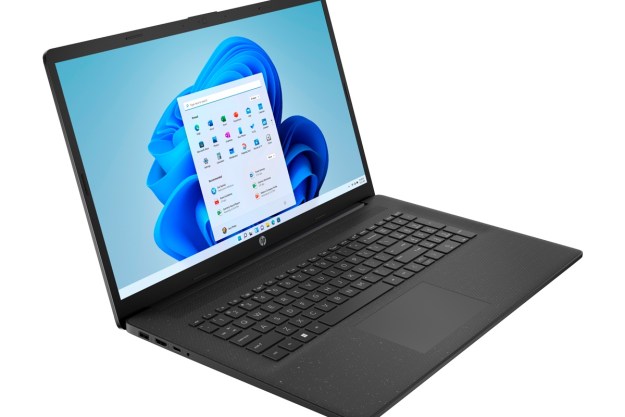
According to the reports, the Gray Hawk APUs will be based on 7nm FinFET process technology, which uses fin-shaped 3D transistors that provide better performance and less power leakage over flat planar transistors. The new manufacturing process was announced by Globalfoundries earlier this month, which will be installed at Fab 8 in Saratoga County, New York, thanks to a multi-billion dollar investment. The company will begin to attempt producing 7nm FinFET devices in 2018.
AMD’s Gray Hawk APUs will feature up to four Zen Plus processor cores, up to eight threads (lanes), and a power requirement as low as 10 watts. These chips will include a graphics component based on AMD’s Navi GPU architecture arriving after 2017’s Vega graphics chips. As a comparison, the current Radeon RX 400 Series graphics cards on the market are based on the company’s Polaris graphics chip.
The upcoming Gray Hawk APUs will follow AMD’s family of Raven Ridge APUs slated for the middle of 2017. The Gray Hawk chips will reportedly be the most versatile of AMD’s APU portfolio to date, working in a number of different applications such as desktops, laptops, medical imaging, arcade gaming machines, and more. They are expected to make a debut alongside AMD’s Starship desktop processor in 2019 that will pack a hefty 32 cores and 64 threads.
Here’s a quick look at AMD’s current and future APU roadmap:
| Bristol Ridge | Raven Ridge | Gray Hawk | |
| Release Date | 2016 | 2017 | 2019 |
| Process Node | 28nm | 14nm | 7nm |
| Core Architecture | Excavator | Zen | Zen Plus |
| Number of Cores | Up to 4 | Up to 4 | Up to 4 |
| GPU Architecture | Volcanic Islands | Vega | Navi |
| TDP | 15 to 65 watts | TBA | TBA |
| Socket | AM4, FP4 | AM4 | AM4+ |
| Memory Support | DDR3, DDR4, HBM | DDR4, HBM | DDR4, HBM |
AMD is reportedly expecting to have products based on 7nm FinFET process technology on store shelves by 2020. These products will consist of new processors, graphics cards, and APUs. Company CEO Lisa Su already confirmed that AMD is working on several processors slated to arrive between the next three to five years based on the Zen Plus processor core architecture. They will target the high-end market, the same segment AMD’s upcoming Zen-based Summit Ridge processors will address in the first half of 2017.
Here is a quick look at what AMD’s graphics chip roadmap may look like:
| Polaris | Vega | Vega | Navi | |
| Name | Polaris 10 | Vega 10, Vega 11 | Vega 20 | Navi 10 |
| Release Date | 2016 | 2017 | 2018 | 2019 |
| Process Node | 14nm | 14nm | 7nm | 7nm |
| Stream Processors | 2,304 | 4,096, 2,304 | 4,096 | TBA |
| Memory | 8GB GDDR5 | 16GB HBM2 | 32GB HBM2 | TBA |
| Bandwidth | 256GB/s | 512GB/s | 1TB/s | TBA |
| Performance | 5.2 TFLOPS | 12 TFLOPS | TBA | TBA |
| GCN Version | 4th Gen | 4th Gen | 4Th Gen | 5th Gen? |



